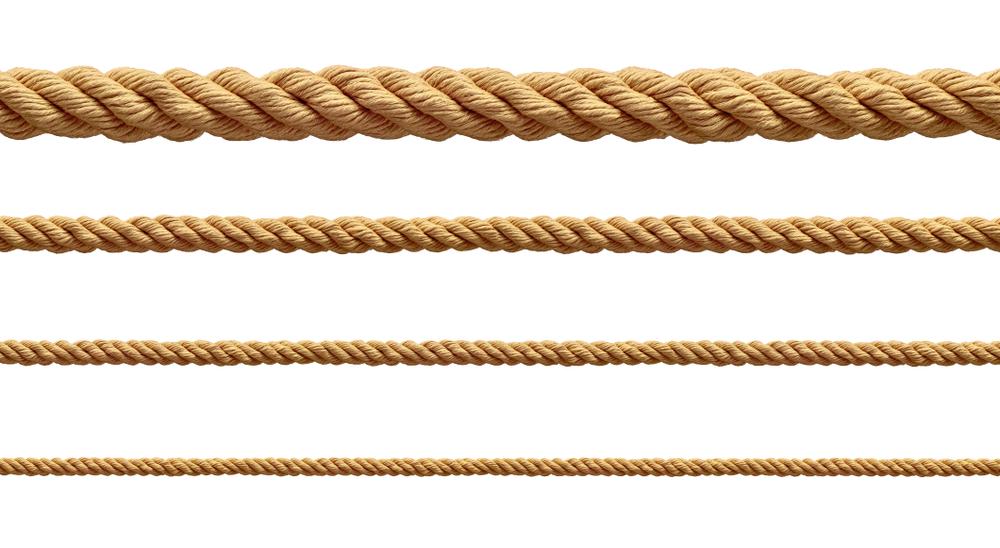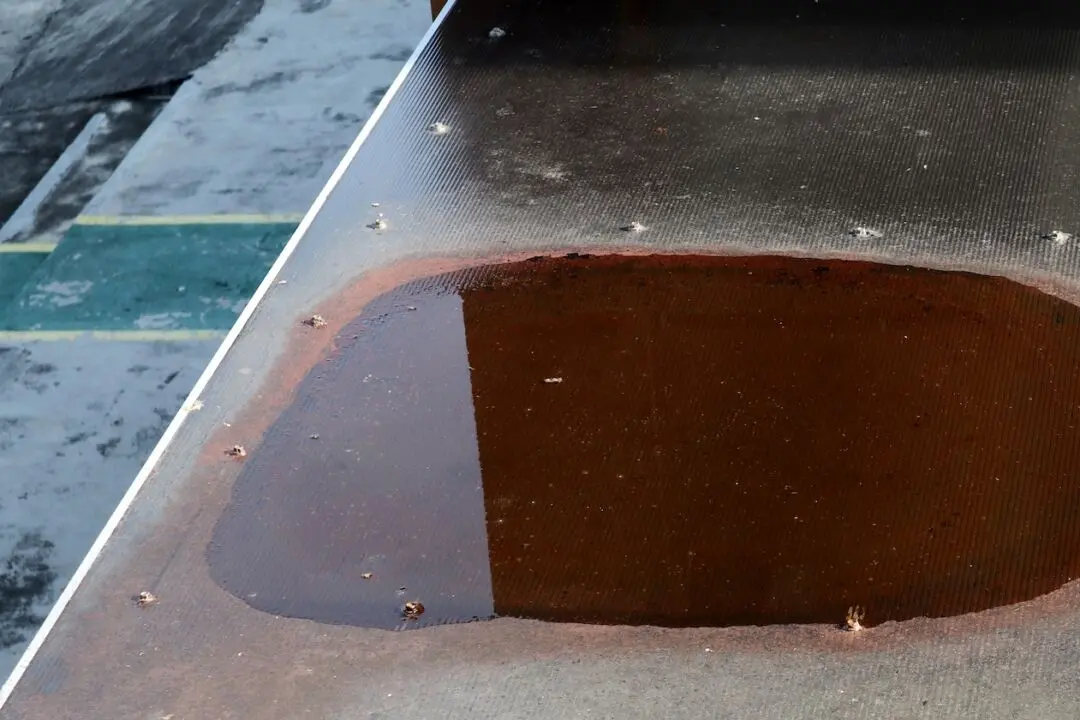Dear James: It seems like I always need rope of some sort for various indoor and outdoor projects. I don’t like that cheap, thick yellow stuff. Are there better types of rope? —Ethan L.
Dear Ethan: Rope comes in handy for many home projects, ranging from holding a cabinet in place during installation to putting tension on a tree when cutting it down. This range of projects requires many different types of rope for the best outcome. The prices and sizes can vary significantly.





